If you’re exploring options for cord-free cleaning tools, I recommend considering cordless models with high-pressure capabilities. These systems are increasingly available and designed for versatility and convenience, perfect for routine maintenance of outdoor spaces and vehicles.
Various manufacturers offer excellent products that leverage lithium-ion batteries, ensuring substantial runtime. Brands like Ryobi and Karcher have introduced reliable units that effectively compete with traditional electric versions. The pressure output can reach up to 40 times that of a garden hose, making them practical choices for light to medium-duty tasks.
While evaluating the market, take note of the battery capacity, as it directly impacts performance. Units typically feature compact designs, making them portable for various settings. For larger tasks, some models support quick charging, allowing for less downtime while cleaning.
Lastly, be mindful of the intended use; these units excel in smaller jobs but may not match the intensity of larger, gas-powered alternatives for heavy-duty cleaning tasks. Selecting the right tool based on your specific requirements will enhance your overall experience.
Comparison of Battery Operated and Traditional Cleaners
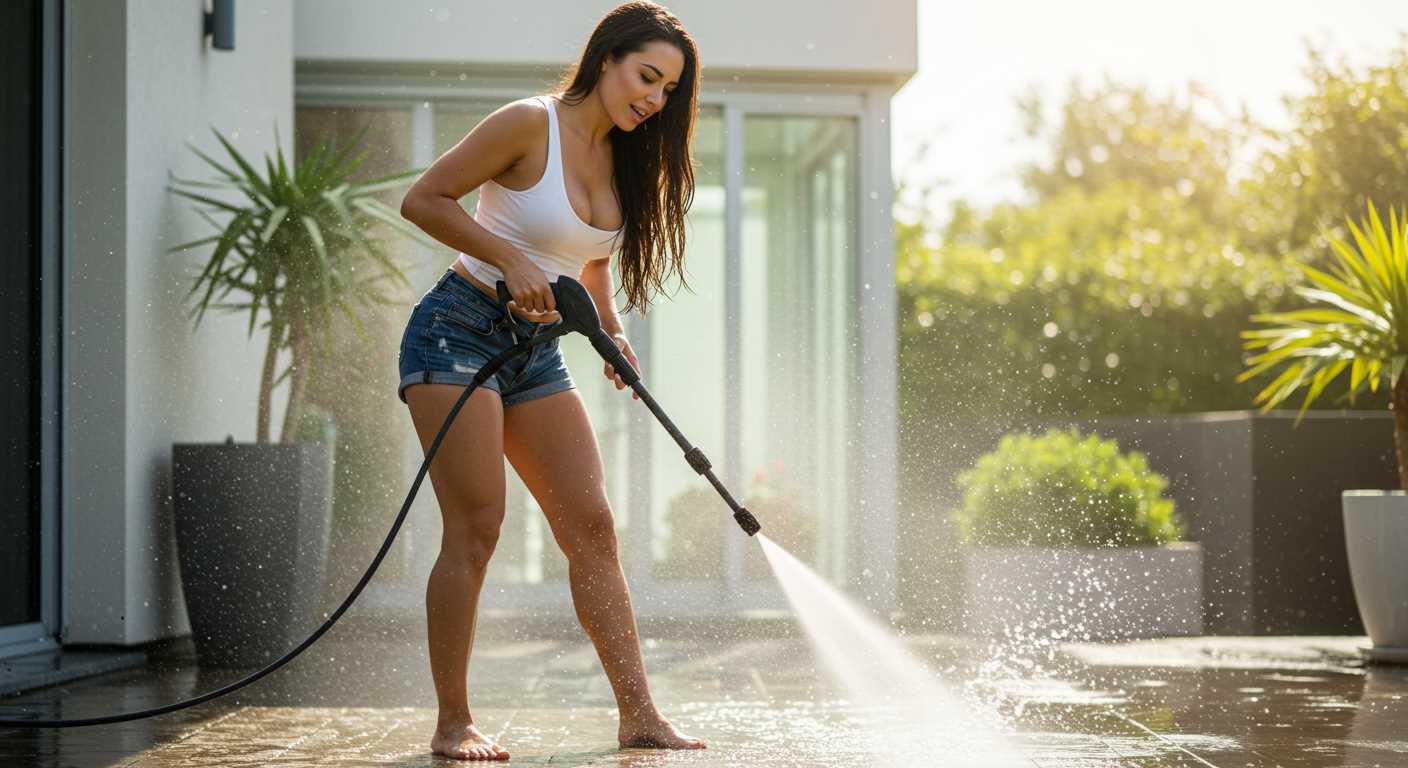
In my experience, traditional models equipped with gas or electric systems deliver unmatched power, particularly for extensive tasks like cleaning large driveways or commercial areas. They typically produce higher pressure levels, allowing for quicker and more thorough cleaning. If you’re tackling significant grime or stubborn stains, these options will likely yield superior results.
On the other hand, portable alternatives with independent energy sources shine in convenience and usability. Their compact design and lightweight nature enable easy manoeuvring, making them suitable for quick cleaning jobs around the house, such as patios or vehicles. The absence of cords or fuel requirements provides added flexibility, especially in locations far from power outlets.
Battery-operated units generally have a limited runtime, with performance consistently improving to match the efficiency of their traditional counterparts, but extended cleaning sessions might require planning to account for recharging. Meanwhile, traditional models tend to support extended projects without the concern of battery depletion.
Maintenance is another factor. Portable variations often require less upkeep since they don’t have fuel systems or complex setups. However, traditional types may demand regular service checks to ensure optimal functionality due to their engine or motor components.
Cost can also differ. Battery units typically have a lower upfront purchase price, but replacement batteries may add to the long-term expenditure. In contrast, the initial investment for powerful models might seem steeper, but they often deliver longer-lasting performance for heavy-duty applications.
After evaluating various scenarios, I recommend considering the task at hand. For simple and routine chores, the portable option suffices, while substantial cleaning demands merit a reliable traditional model. Understanding these distinctions will help you make a choice aligned with your specific needs.
Key features to look for in battery-operated models
Prioritise high voltage and amp-hour ratings. A unit with at least 40V and a minimum of 5Ah ensures adequate power for tasks like vehicle washing or outdoor furniture cleaning.
Focus on weight and portability. Lighter designs with wheels enhance ease of movement, especially for larger jobs. A compact shape simplifies storage and transport.
Check the water pressure rating. Aim for models delivering at least 1500 PSI for effective cleaning of grime and dirt. Adjustable pressure settings are also beneficial for versatility.
Battery life and charge time are crucial. Look for units that offer a runtime of 20-30 minutes or more on a single charge, with a recharge time under 2 hours, to optimise your cleaning time.
Examine the spray nozzle options available. Multiple nozzle types, including variable and adjustable settings, allow for tailored cleaning approaches across different surfaces.
Evaluate build quality and materials. Choose machines with durable materials, such as reinforced plastic or metal components, which enhance longevity and withstand rugged use.
Include features like a detergent tank. Integrated tanks simplify application of cleaning solutions, making it easier to tackle tough stains effectively.
Prioritise safety features such as automatic shut-off. This function prevents overheating and preserves battery life during longer cleaning sessions.
Finally, consider customer reviews and brand reputation. Feedback from other users can provide insight into reliability and performance, aiding in informed decision-making.
Battery Life and Performance Considerations
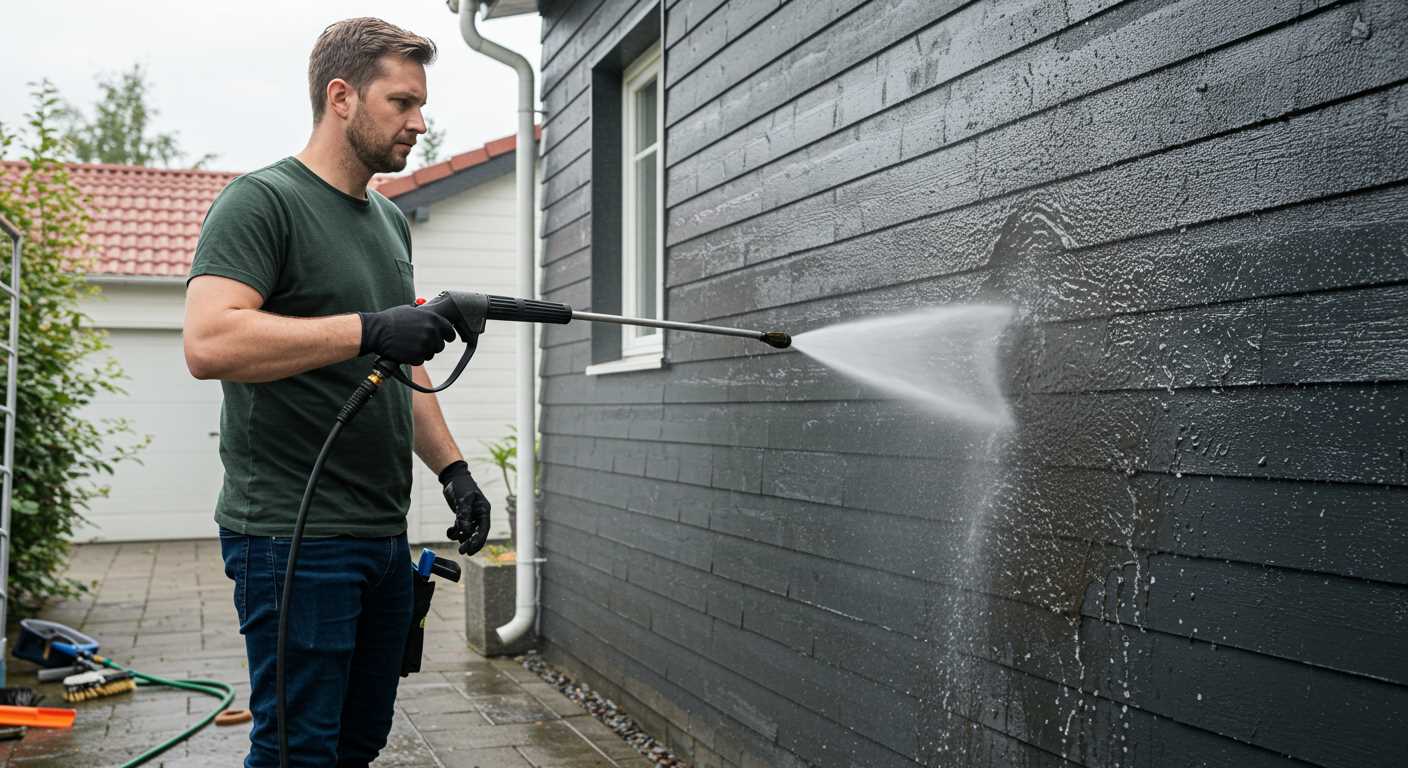
For anyone considering a cordless cleaning solution, it’s crucial to assess both the longevity and effectiveness during use. The typical runtime for these models ranges from 30 to 90 minutes, depending on the capacity of the energy cells and the intensity of the task. Ensure to check the amp-hour rating as a higher rating usually translates to longer operating times.
Performance varies widely among brands and types. Some units may provide enough force for light to moderate tasks, but struggle with harder jobs or thicker grime. When evaluating options, look for those that offer adjustable pressure settings; this can help manage battery consumption while still achieving satisfactory results.
Charging times also play a significant role. Most machines can be fully recharged within 3 to 5 hours, making quick turnarounds possible, but investing in a model that supports fast charging could save valuable time, especially if dealing with larger areas.
Take note of the weight, as a heavier unit may impact how easily it can be manoeuvred, especially during extended use. Models with a balanced design tend to feel lighter in action. Lastly, consider how the unit handles heat build-up during prolonged tasks, as overheating can further drain the batteries and reduce overall efficiency.
Maintenance Tips for Battery Operated Cleaners
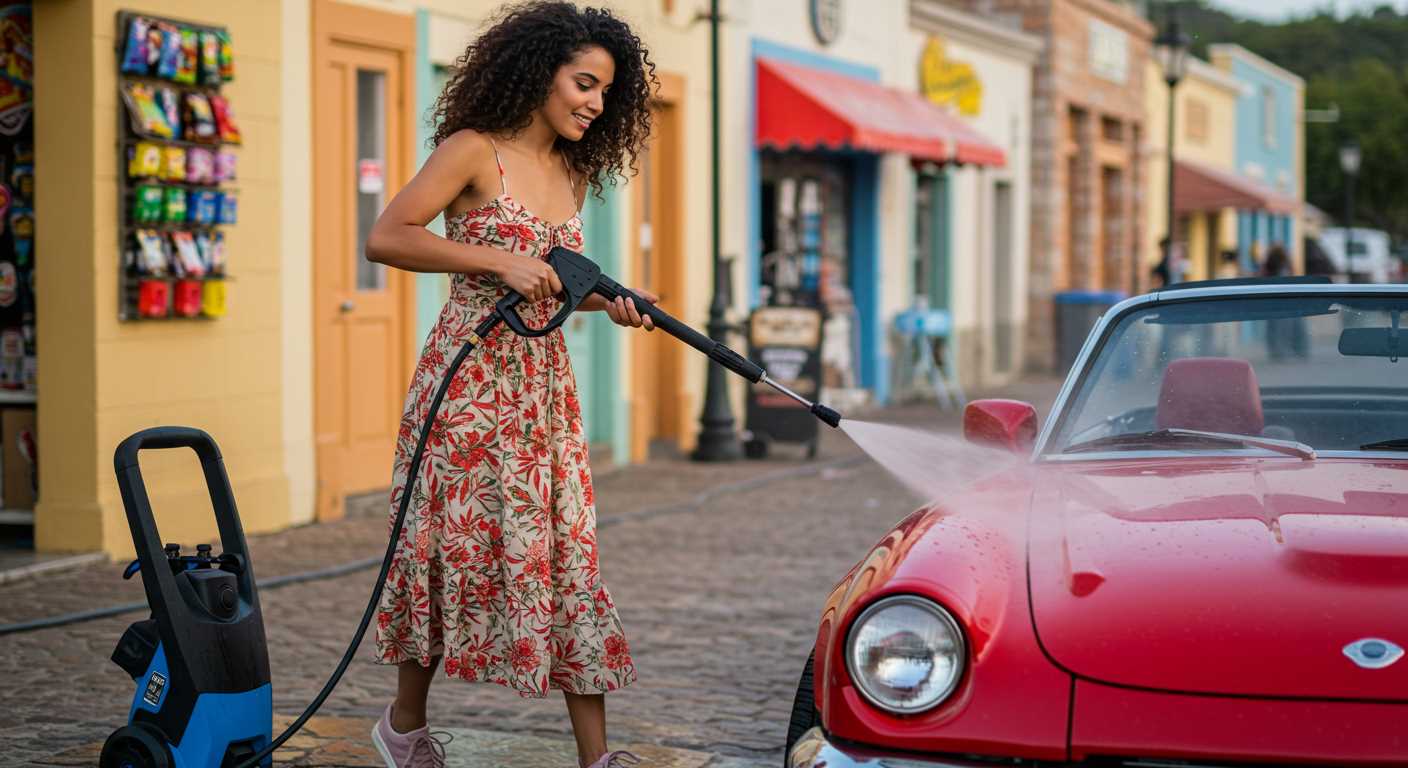
Regularly inspect and clean the nozzle. Debris can block water flow and reduce performance. Use a soft brush or cloth to remove any build-up after each use.
Flush the system with clean water after each session. This prevents detergent residue from accumulating which can lead to clogs and affect functionality.
Store the device in a cool, dry place. Extreme temperatures can damage the internal components. Avoid exposure to direct sunlight and moisture.
Batteries and Charging
Charge the unit according to the manufacturer’s guidelines. Avoid overcharging, as it can shorten battery lifespan. Always disconnect the charger once fully charged.
Periodically check the battery contacts for corrosion. Clean with a contact cleaner to ensure optimal connection and charging.
General Care
Inspect hoses and connectors for damages. Replace any cracked or worn-out parts immediately to prevent leaks and maintain high pressure. Regularly lubricate moving parts as specified in the manual to ensure longevity.
| Task | Frequency |
|---|---|
| Clean nozzles | After each use |
| Flush system | After each use |
| Check battery contacts | Monthly |
| Inspect hoses and connectors | Monthly |
| Lubricate moving parts | Quarterly |
Adhering to these maintenance guidelines will maximise performance and extend the lifespan of your cleaning equipment. Ensure you pay attention to any unusual sounds or decreased efficiency, as these could indicate an underlying issue that needs to be addressed.
Popular brands and models in the battery powered category
For reliable performance and portability, I recommend checking out the following brands: Sun Joe, Greenworks, and Ryobi. Each brand offers impressive variants equipped with user-friendly features.
Sun Joe offers the SPX4000-PRO, which has a 40V battery system, allowing for up to 30 minutes of cleaning time on a full charge. It’s lightweight and packs a powerful punch for various surface cleaning tasks.
The Greenworks 1500 PSI model is another commendable option. It boasts a 24V battery technology that ensures decent runtime and efficiency. With several nozzle attachments, it adapts well to different cleaning needs.
Ryobi’s RY141900 is well-regarded for its ergonomic design and integrated storage for hoses and nozzles. The 18V model provides reasonable pressure and is perfect for smaller jobs around the home.
In addition, the Craftsman V20 is notable for its compatibility with other V20 tools, making it a versatile choice for those who already own Craftsman equipment. Its user-friendly interface makes it appealing for beginners.
Always consider your specific cleaning requirements when choosing. Look for models that offer various pressure settings and accessories tailored to your needs to maximise efficiency and effectiveness.
Cost Analysis of Battery versus Corded Pressure Cleaners
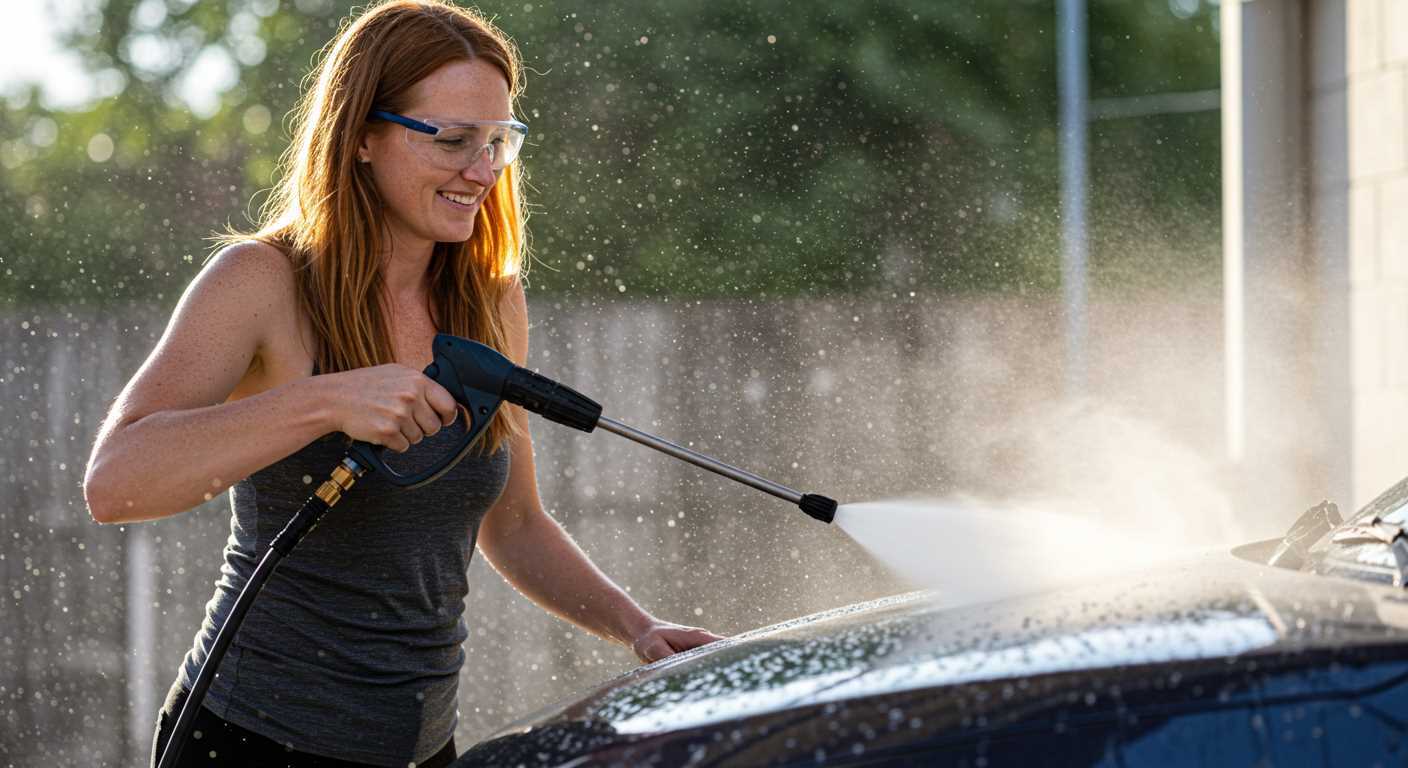
Investing in a cleaning device involves thorough financial consideration, especially distinguishing between corded and battery-operated models. My analysis reveals distinct cost dynamics in ownership, performance, and longevity.
Initial purchase price of corded devices generally ranges from £100 to £300, while their mobile counterparts vary from £200 to £600, reflecting advanced technology and portability. However, these figures can fluctuate based on features such as pressure output and included accessories.
Operating costs also differ. Corded models often have lower electricity expenses, using around £0.03 per hour, dependant on local electricity rates. In contrast, rechargeable versions incur costs through battery replacements, which can average £50 to £100 every few years, depending on usage frequency. Keep in mind that battery life impacts overall maintenance expenses.
In terms of longevity, devices using cords typically outlast their battery-operated counterparts. With proper care, corded models can serve effectively for 10 years or more, whereas battery units may require more frequent replacement due to battery lifespan limitations. This factor dramatically affects long-term cost efficiency.
Lastly, consider potential repairs. Corded units usually experience fewer issues; however, when electrical malfunctions occur, repair expenses can accumulate. Battery-operated options tend to face multiple problems ranging from battery failure to electronic malfunctions, driving up repair costs over time.
- Purchase Price: Corded (£100 – £300) vs. Battery (£200 – £600)
- Operating Costs: Corded (£0.03/hour) vs. Battery maintenance (£50 – £100 replacement)
- Longevity: Corded (10+ years) vs. Battery (shorter lifespan)
- Repair Costs: Generally higher for battery-operated due to frequent failures
Ultimately, deciding on the appropriate model boils down to balancing initial costs and long-term value. Assess your cleaning needs and make choices that align with both immediate budget and ongoing expenses.
Real-world applications and user experiences with battery models
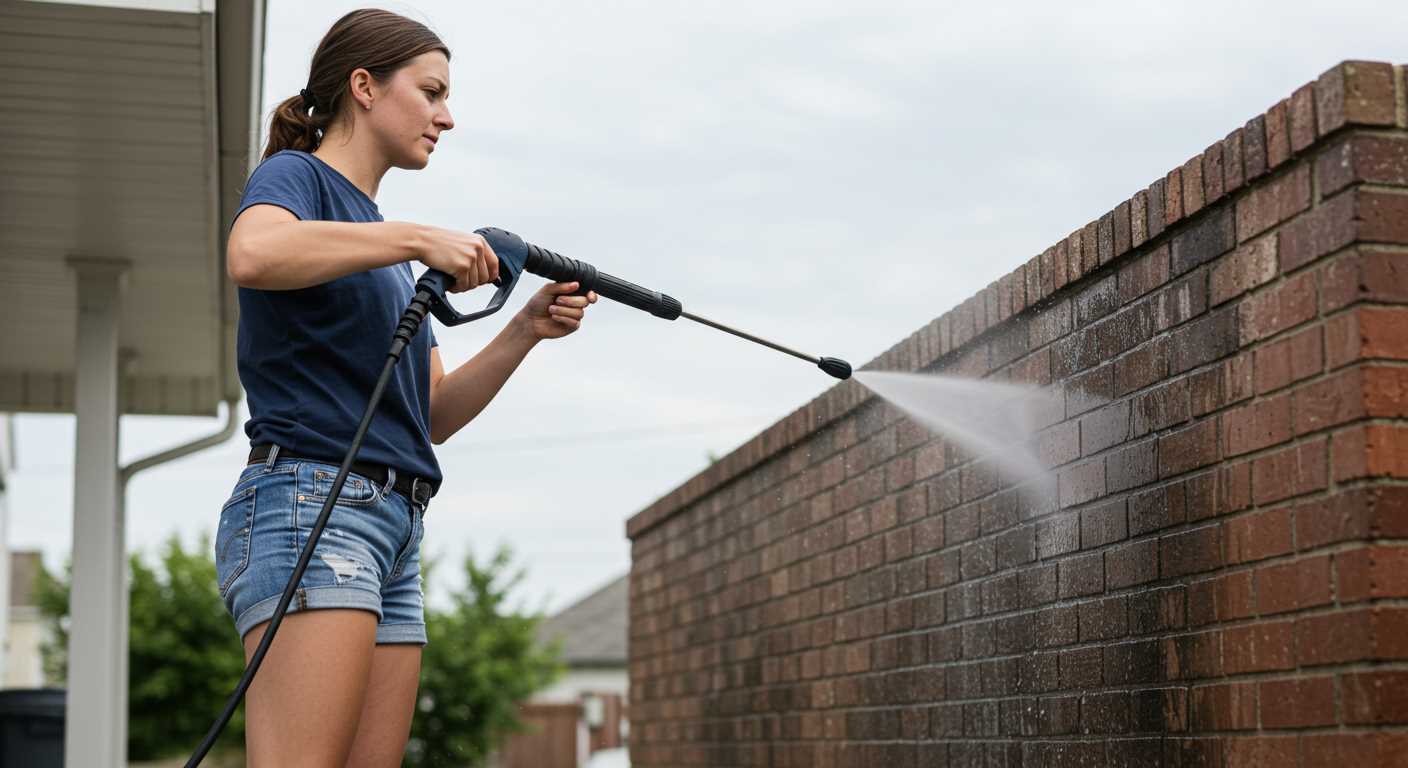
From my extensive experience in the cleaning equipment sector, I’ve observed how versatile and practical these machines can be. Users often highlight their satisfaction with the portability and ease of use in various settings. For outdoor enthusiasts, using these devices conveniently for camping or RV cleaning has become a common application.
For instance, many residential users find them ideal for maintaining patios and garden furniture. The lightweight design allows for easy manoeuvrability. Additionally, parents appreciate the convenience of quick clean-ups on their driveways after children’s playtime.
Regular feedback points towards the effectiveness in removing stubborn stains from vehicles without the hassle of dealing with power cords. The absence of cords permits a greater range of motion, allowing users to reach every corner of their vehicles effortlessly.
- Post-storm clean-ups: Many users utilise these units to clear debris from walkways and porches, addressing messes that require immediate attention.
- Household chores: Cleaning siding or garages has been reported as a successful endeavour, thanks to the compact size and capability of these gadgets.
- Small business applications: Local service providers often rely on them for cleaning tasks where mobility and brief set-up times are essential, such as detailing cars or cleaning storefronts.
User experiences often note the satisfaction of achieving professional-grade results without relying on extensive equipment or commercial solutions. A common theme is that while performance may not match high-end models connected to mains electricity, the convenience has outweighed that drawback for many.
Overall, I encourage potential buyers to reflect on their specific cleaning needs. Observing the success stories from real users can aid in making more informed decisions regarding their choice of cleaning equipment.
FAQ:
Can battery powered pressure washers really provide enough pressure for outdoor cleaning tasks?
Battery powered pressure washers are designed to be versatile and convenient for a range of outdoor cleaning tasks. Most models deliver sufficient pressure for everyday use, such as cleaning patios, decks, and garden furniture. Typically, they offer a pressure rating between 20 to 150 bar, which is adequate for light to moderate cleaning jobs. However, for heavy-duty tasks, such as removing tough stains or deep cleaning vehicles, gas-powered models might still be more effective. It’s best to evaluate the specific needs of your cleaning projects and choose a pressure washer with the right specifications.
What are the advantages of using a battery powered pressure washer compared to traditional gas-powered ones?
Battery powered pressure washers have several advantages over their gas counterparts. Firstly, they are quieter and more environmentally friendly, producing no emissions during operation. This makes them ideal for residential areas where noise can be a concern. Additionally, they are generally lighter and more portable, allowing for easy manoeuvrability around different surfaces and tight spaces. Battery models also require less maintenance since they do not have complex motors or fuel systems. Moreover, many modern battery-powered models come with user-friendly features like adjustable pressure settings and easy start mechanisms, enhancing the user experience. However, the run time on battery-powered options may be more limited than on gas models, so considering the size of the area you need to clean is important.








